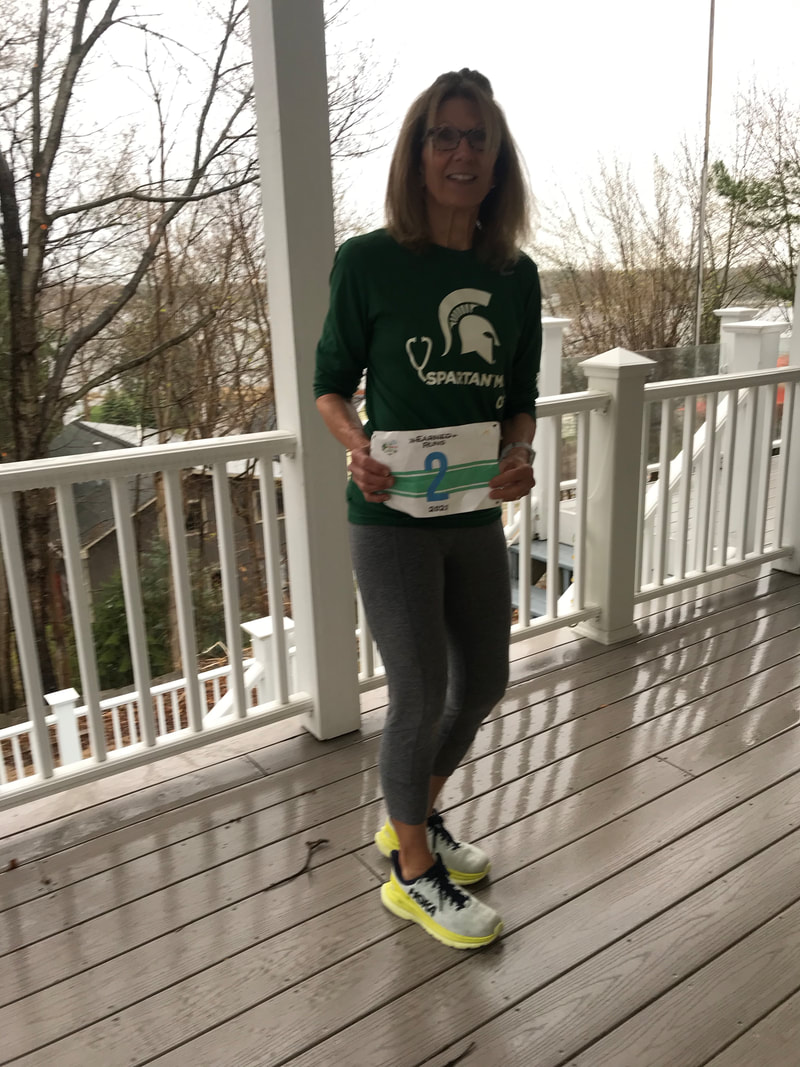BLOG
|
|
IN RESPONSE TO MODERATE OR HIGHER INTENSITY EXERCISE WE MIGHT BE TEMPTED to decrease non-exercise activity and/or increase calorie intake, thereby sabotaging our attempts to improve fitness and body composition. Does the type of exercise performed matter more, or the response to that exercise?
An article by Lauren Bedosky for Under Armor’s MyFitnessPal.com blog promises to answer the question, “What’s the Best Form of Cardio for Fat Loss,” or at least to provide general guidance with regard to achieving and maintaining weight loss with the help of exercise. In it, Bedosky references Shelly Keating PhD, researcher at the School of Human Movement and Nutrition Sciences at The University of Queensland, Australia as her resource. The article begins by defining SIT (Sprint Interval Training), HIIT (High Intensity Interval Training), and traditional continuous moderate intensity training. Below is Earned Runs’ edit of the information provided in her article. Exercise type Duration Intensity level SIT 8-60 seconds highest intensity intervals, 100% maximum alternating with moderate intensity intervals, of longer duration than the sprint intervals HIIT 1-4 minutes high intensity intervals, 80-100% maximum alternating with moderate-low intensity intervals of duration equal to or longer than the high intensity intervals Traditional 30+ minutes continuous moderate intensity 50-70% maximum Bedosky goes on to discuss research studies that attempted to identify whether higher intensity interval or traditional continuous training resulted in greater weight loss in study participants, often using the terms ‘fat-loss’ and ‘weight loss’ interchangeably in her piece. These two possible physical outcomes of diet manipulation + exercise are not the same, but for the purpose of clarity and this blog post will distinguish between them. The ‘answer’ to the question raised in the title of the article, according to Bedosky’s expert, Dr. Keating, is that despite apparently contradictory scientific research (each exercise type has resulted in weight loss and weight GAIN in different studies) the important point is to perform exercise that “you enjoy and will commit to in the long-term.” Or perform both. Good advice. Most have heard it before and the author admits it “sounds cliché”. So, I was disappointed, wanting information that would direct my personal nutrition/exercise planning aimed at preserving or increasing lean muscle and reducing fat mass. Over the years, my efforts to markedly increased training and diet have not always been rewarded with the body changes I had hoped to observe; only occasionally. It seems that when I try too hard I experience the reverse of what was desired; a slight weight gain. In that situation, it is hard to ‘see’ alterations in lean muscle mass and fat mass, and with those kinds of results, it becomes much easier to give up than to persevere. Because the research Bedosky referenced had not revealed a clear answer, and actually had been discouraging, further investigation of the recent scientific literature seemed necessary. My find? A PLOS One paper, “Energy Compensation After Sprint- and High-Intensity Interval Training” published in December 2017. The publication contained information on which I might base reasonable lifestyle changes, to help with long-term weight management and body composition change efforts! The Auburn University at Montgomery, Montgomery AL authors of this publication analyzed data collected during a previous study from 30 healthy male and female, moderately physically-active participants, who were aged 18-50. The research team hoped to better understand why “many individuals lose less weight than expected in response to exercise interventions, when considering the increased energy expenditure of exercise.” Factors like changes in aerobic capacity (VO2max) induced by exercise, and degree of energy compensation, which includes increased energy intake and decreased non-exercise physical activity (NEPA), in response to interval training were examined. Matthew M. Shubert and colleagues were trying to find out why the number on the scale dosen't move or can go in the opposite direction all the while some are exercising harder than ever and supposedly burning more calories! And if exercise method mattered. Twenty-four subjects underwent 3 exercise sessions per week, over 4 weeks, of either SIT or HIIT training, while 6 controls did not alter their usual exercise training regimens. All were instructed to “maintain their habitual activity and diet and not to begin any new exercise programs during the 4 weeks of the study”. When compared, there were no statistically significant differences in mean exercise energy expenditure (ExEE) and predicted energy compensation between the different SIT/HIIT exercise methods. And subjects body weight and BMI changed minimally with both methods. The results were so similar for the SIT and HIIT groups that both SIT+ HIIT results were pooled into a single group for further analyses. However, INDIVIDUAL DIFFERENCES within the groups were highly variable. One analysis revealed that those who “overcompensated” by increasing energy intake + decreasing NEPA gained fat mass (FM) and lost fat free mass (FFM). The opposite was true in those who “under-compensated”; they lost FM and gained FFM! The ‘under-compensators’ improved aerobic capacity (VO2max), and increased NEPA by 25 more minutes per day. There’s quite a bit more to this study that I’m not qualified to explain. The authors identified the limitations presented by their short- term study which involved only a small number of participants. They indicated the need for a larger project of longer duration that measures additional variables to better understand energy compensation in exercising individuals, with the hope of designing “personalized and optimally effective exercise interventions”. Scientists acknowledge that they cannot base solid recommendations for the public on the results of such studies, but WE can read the studies, take the bits of information generated, and test whether the new knowledge helps us live healthier lives. There's not much risk; some do it frequently in response to media headlines about nutrition and exercise. The Earned Runs interpretation of the above information:
Earned Runs suggestions for managing energy compensation in response to exercise: - Find ways to increase NEPA and decrease inactivity, realizing that you’ll need to be on your feet more and sitting less to prevent “over-compensation.”
Most of what was discussed in this blog seems to represent common sense. But when a carefully designed scientific study confirms what has been thought of as causal knowledge there's reason to take note. RUN & MOVE HAPPY! https://blog.myfitnesspal.com/whats-the-best-form-of-cardio-for-fat-loss/ https://www.verywellfit.com/interval-training-p2-1229559 Energy compensation after sprint- and high-intensity interval training http://journals.plos.org/plosone/article?id=10.1371/journal.pone.0189590 Impact of 4 weeks of interval training on resting metabolic rate, fitness, and health-related outcomes http://www.nrcresearchpress.com/doi/10.1139/apnm-2017-0268#.W3L-tC2ZPow https://sites.google.com/site/compendiumofphysicalactivities/Activity-Categories/home-activity https://www.health.harvard.edu/diet-and-weight-loss/calories-burned-in-30-minutes-of-leisure-and-routine-activities https://www.shape.com/fitness/trends/why-body-recomposition-new-weight-loss?
0 Comments
Your comment will be posted after it is approved.
Leave a Reply. |
BRIDGE TO PHYSICAL SELF
Running, walking, and fitness activities enable us to experience our physical selves in a world mostly accessed through use of fingers on a mobile device. AuthorEARNED RUNS is edited and authored by me, runner and founder. In 1978 I began participating in 10K road races before 5Ks were common. I've been a dietitian, practiced and taught clinical pathology, and been involved with research that utilized pathology. I am fascinated with understanding the origins of disease as well as health and longevity. Archives
November 2023
CategoriesNew! Search Box
Earned Runs is now searchable! Check it out...
|


 RSS Feed
RSS Feed